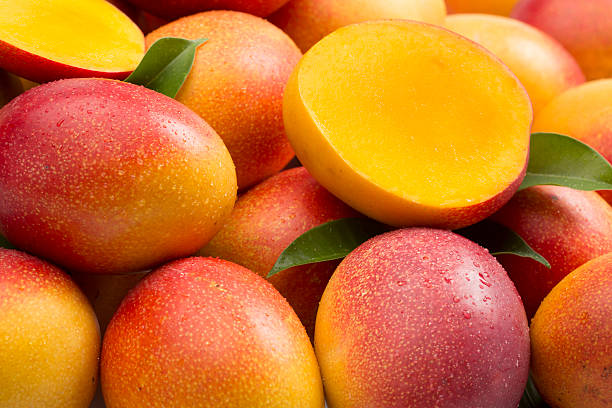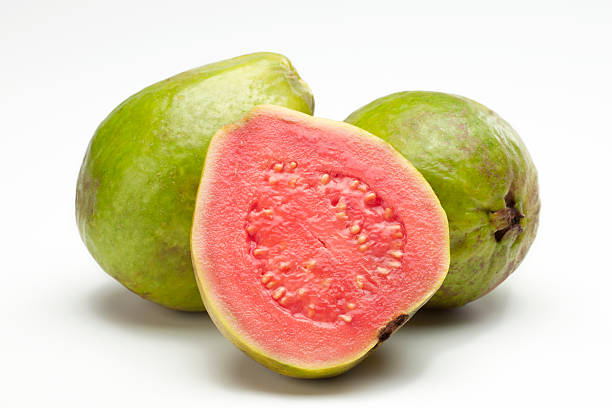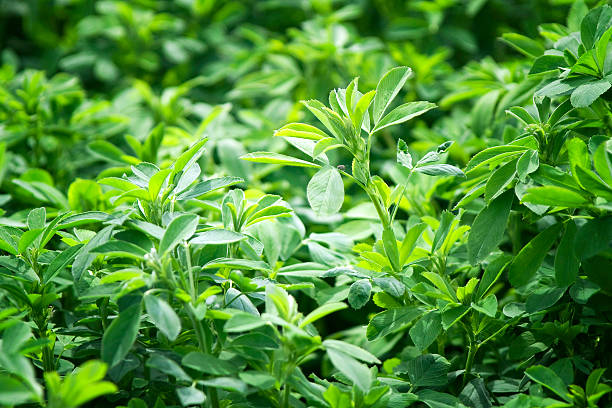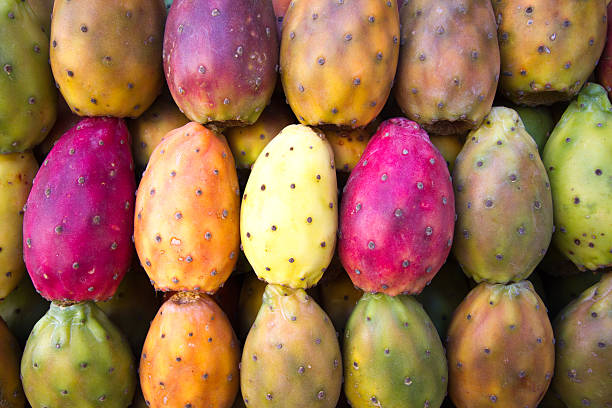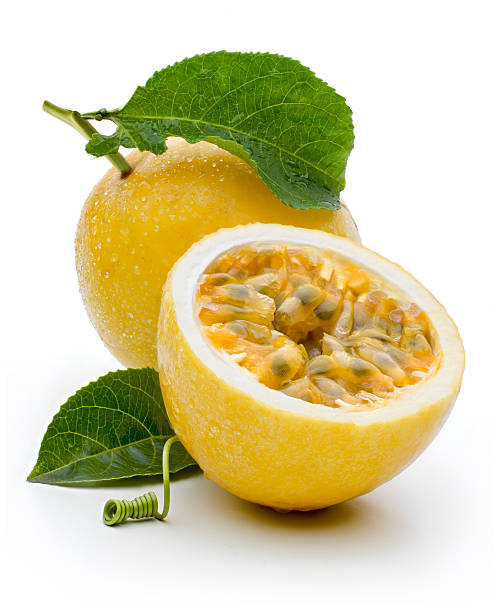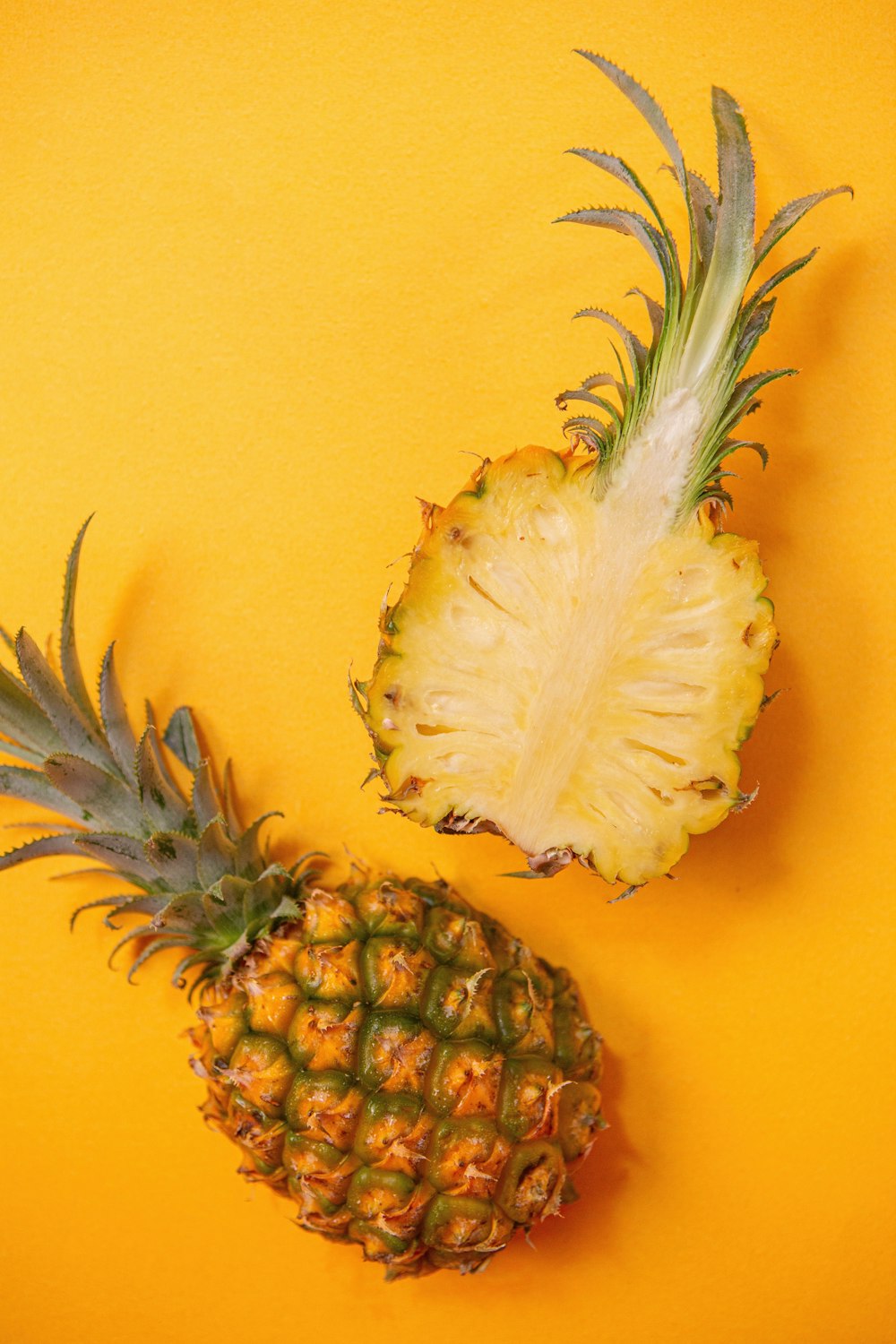FRUITS AND JUICES IN PERU
Hello everyone, traveling around Peru you cannot help being struck by the sheer variety of fruit that you can buy and a lot of it is organic and so the taste of these fruits is amazing. The fruit juices you can consume is incredible, such a choice and relatively in expensive. Do not be afraid to try the street vendors or the markets, you can observe the cleanliness and just choose the best one and do not be shocked at the prices, they will be very economic.
I have given a selection of the fruits you will encounter on your travels through Peru and Bolivia and a basic idea of their benefits.
Bye the way do not forget to check my web, https://travelperu.co.uk, have launched a wide range of Seat in Coach, with fixed departures monthly that you can join too, plus two fixed departures in Peru which I will be personally guiding as your tour leader. We have also given some very special offers on these programs. Sure, you will enjoy…!
Stay safe and look out for my next blog about my new experiences in Bolivia.
Aguaje are small fruits from the Palm Tree and can be found in high and low jungles of Peru and is sold often at road sides in the Amazon Jungle and is a delicious fruit juice. Aguaje is known for the health of eyes, teeth, skin and soft tissue, it also prevents dehydration and provides high quality of several nutrients. Moreover, it also provides a high percentage of protein.
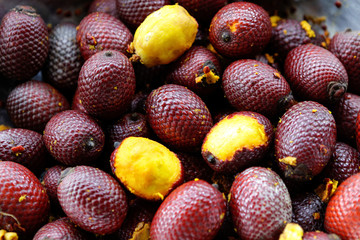
Cocona, which comes from a plant and looks quite similar to a tomato and is rich in hierro and vitamin B5 and can be found in the high and low jungle regions of Peru. Is not as popular as Aguaje, but can be found at road sides in the Amazon Jungle. The cocona is known to relieve headaches, prevents diabetes and lowers blood pressure.
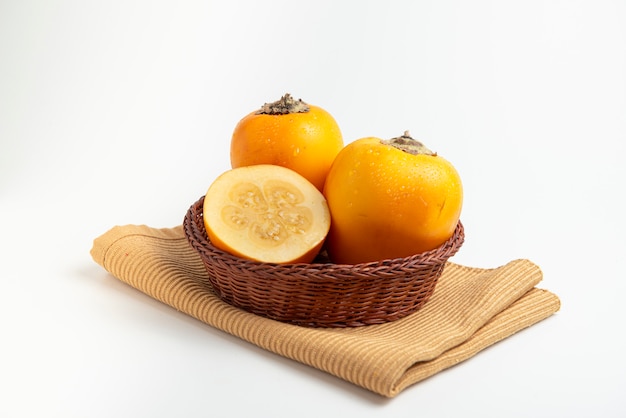
Coconut water, found everywhere in the Amazon and there is an abundance and of course a lot of people sell the water of the coconut. The top will be cut and a straw placed inside and there you have immediate access to a refreshing drink. In all the areas I visited places such as Jaen, Moyabamba, Tarapoto, Yurimaguas, Tingo Maria and Pulcalpa they serve at your table in the shell with a straw. It is also used to produce Coconut Oil, which is an extremely good natural cooking oil.
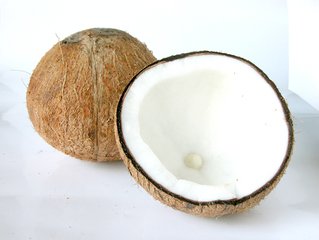
Banana, or Musaceae, can be found everywhere in and around the jungle. It’s a very popular fruit and there are of course several types banana for cooking, which is served like a potato in your main course. Another type which is used to fry and can be served in dishes like the Cubano, is a plate of rice with two fried eggs on top and around the side the fried banana, which is delicious and sweet. Then you have the eating banana, which we all know, where you peel the skin when ripe and eat. The banana has many important nutrients and helps digestion, heart health and weight loss. It’s also a great fruit juice as well and in the Peruvian jungle is known as Chapo.
La Pitaya or Hylocereus, this is a delicious fruit, which is known in English as the Dragoon fruit, it is yellow with lumps all over the skin, when cut in half it’s like a little passion fruit, but softer. It is a very tasty fruit to eat.
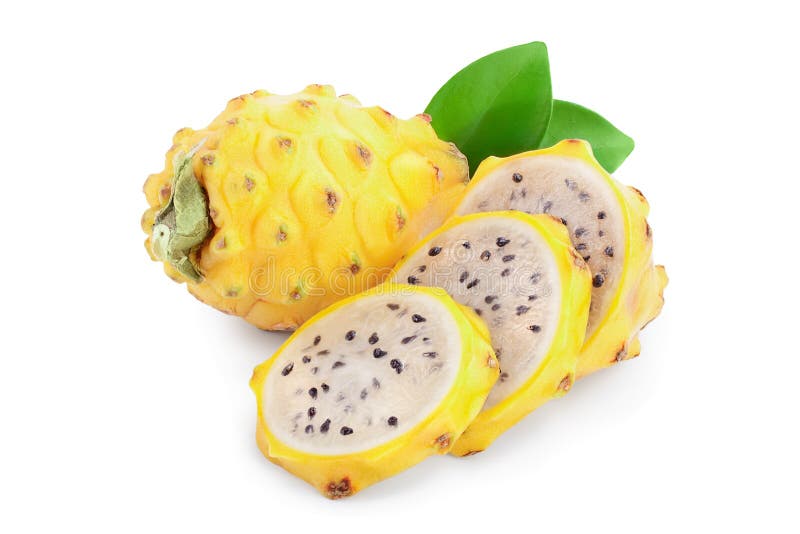
Higo or Ficus Carica a black small fruit, with a reddish dark fruit pip. Sweet and very tasty.

Cherimoya or Annona Cherimola, a green cone shaped fruit with a scaley skin, inside the fruit is a creamy white, sweet and is often spooned out and eaten directly. Rich in antioxidants such as Vitamin C and Carotenoids and is also known as the Custard Apple. Inside the Cherimoya are individual fruits with pips, which you take out and then store in the fridge and serve chilled as desert or as a juice.
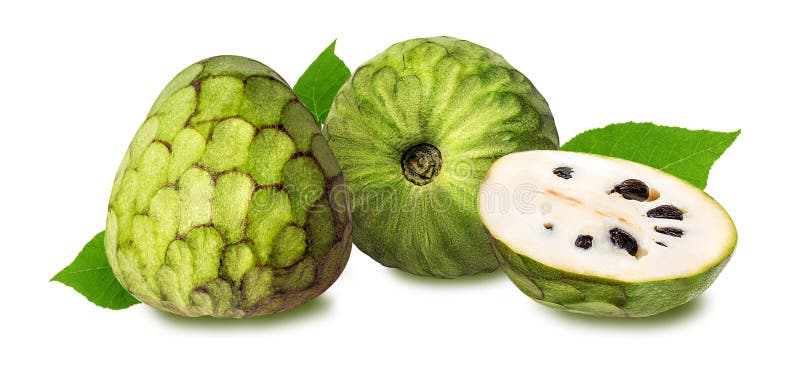
Mango or Anacardiaceae, is a stone fruit found on trees in the jungle and belongs to the flowering plant, genus Mangifera. The mango has many different types of sizes and colours and once the skin is peeled typically has a juicy, orange-yellow colour flesh with numerous soft fibrils radiating from its centrally placed flat, oval-shaped stone. This is a very popular fruit and is rich in pre-biotic dietary fibre, vitamins, minerals, and poly-phenolic flavonoid antioxidant compounds. Taken as a fruit juice or eaten directly.
Tumbo or Curuba, Taxo or Parcha depending which part of Latin America and in English is often called “the banana passion fruit “. This fruit is a vine and can often grow to more than twenty feet and its leaves can be as big as a human hand. The flower which it produces is large and hangs in colours of bright red or violet. As a result, it is considered one of the most beautiful flowers in the world. The shape of this fruit is longer than wide, taking the form of an elongated egg shape, with a thick and soft peel. When unripe it is a light green, but when ripe the fruit turns yellow and is quite sweet. The Tumbo is unlike the Maracuyá in that it is sweet when ripe and edible as is. The Tumbo is an ideal fruit as it rehydrates you and is high in vitamin A and C and potassium. It is a source of calcium, phosphorus and iron and contains B-complex vitamins niacin and trace amounts of thiamine and riboflavin. The pulp is often eaten out of hand or is strained for its fruit juice ,which is not consumed alone but mixed with other beverages.

Guayaba or Guava. Their fruits are oval with light green or yellow skin and contains edible seeds. The leaf of the Guava is used in herbal teas and the leaf extract as a supplement. Guava fruits are amazingly rich in antioxidants, vitamin C, potassium and fibre. This remarkable nutrient content gives many health benefits. As a fruit juice it is a quick source of nutrition and has four times more vitamin C than oranges and is great for the digestive system.
Lucuma. Is used in many ways including fruit juices, smoothies, deserts, milk shakes and ice creams. Lucama grows high in the Peruvian Andes and is good for your heart, prevents diabetes, helps with hypertension. It even slows down aging, promotes muscle strength and because of the vitamin A it has your skin looking like its glowing. Lucuma will also provide the carbs that you need and is a great low sweetener. Its often described as a super food.
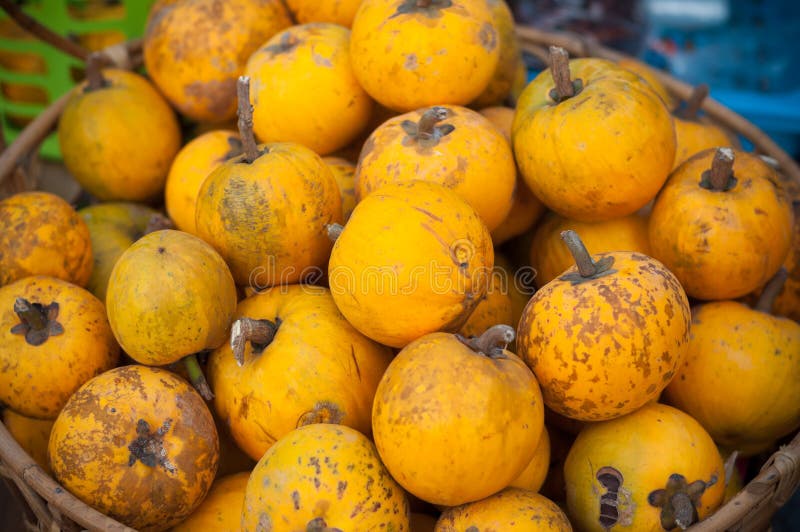
Alfalfa. Is another super food, often paired as a fruit or veggie juice. Alfalfa grass juice has a powerful nutritional punch all by itself, but when combined with other fruits the results can be multiplied. It is one of the richest mineral foods due to its deep roots which supplies a range of nutrients. The leaves and the stalks are all used to make the juice. The Alfalfa is rich in vitamins A / B1 / C / K as well as minerals. It has eight essential amino acids and is low in calories and fat with no cholesterol and high in protein. Alfalfa is also rich in calcium, iron, zinc, potassium and magnesium. Its known to help with prevention of blood clotting, cancer, osteoporosis and cardiovascular diseases.
Tuna or Prickly Pear. This fruit has antioxidants, fibre, minerals, vitamin B and C, calcium, iron, magnesium, potassium and other nutrients. It reduces the risk of cancer, diabetes, high cholesterol and hangovers. It can be eaten and also made into a juice.
Maracuya or Passion Fruit. This fruit is full of antioxidants which is used by the body to make blood vessels, cartilage, muscles, and collagen, which keeps your body looking young. Good source of fibre, boosts immune system and support heart health. A delicious fruit, juice which is also very refreshing and tasty.
Papaya is found everywhere in Peru; it grows in tropical climates and is a great source of Vitamin C and A. It can be eaten directly or as a fruit juice and can be mixed with other fruit, for example mixed with a little lime when making your juice.
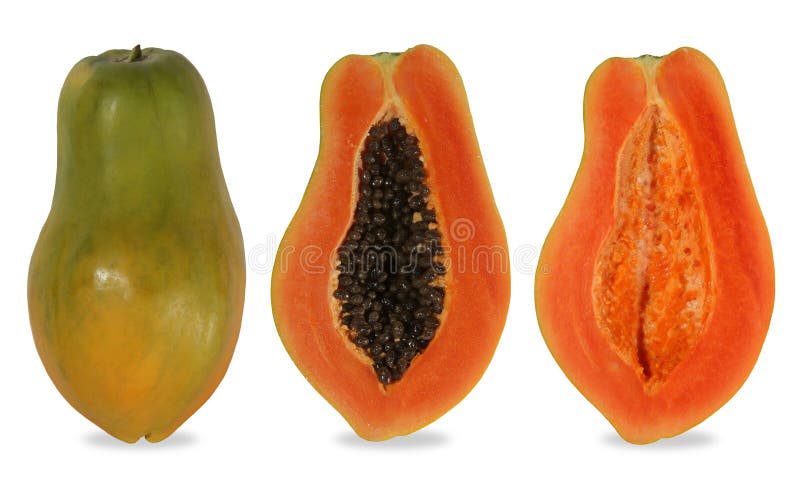
Pineapple or Ananas Comosus, an incredibly delicious and healthy tropical fruit, packed with a variety of vitamins and minerals. Pineapple is especially rich in vitamin manganese and makes a delicious fruit juice, it also very enjoyable when eaten directly or mixed in a fruit salad.
Oranges are one of the world’s most popular fruits. In Peru there are two types which are distinguished by their colour, a rather dullish yellow/ green colour skin which is used to make a delicious juice or the orange coloured which is an eating fruit. There are of course other variations, but these are the main two differences in the case of Peru. The orange is a very healthy source of fibre, vitamin C, thiamine, folate, and antioxidants.


